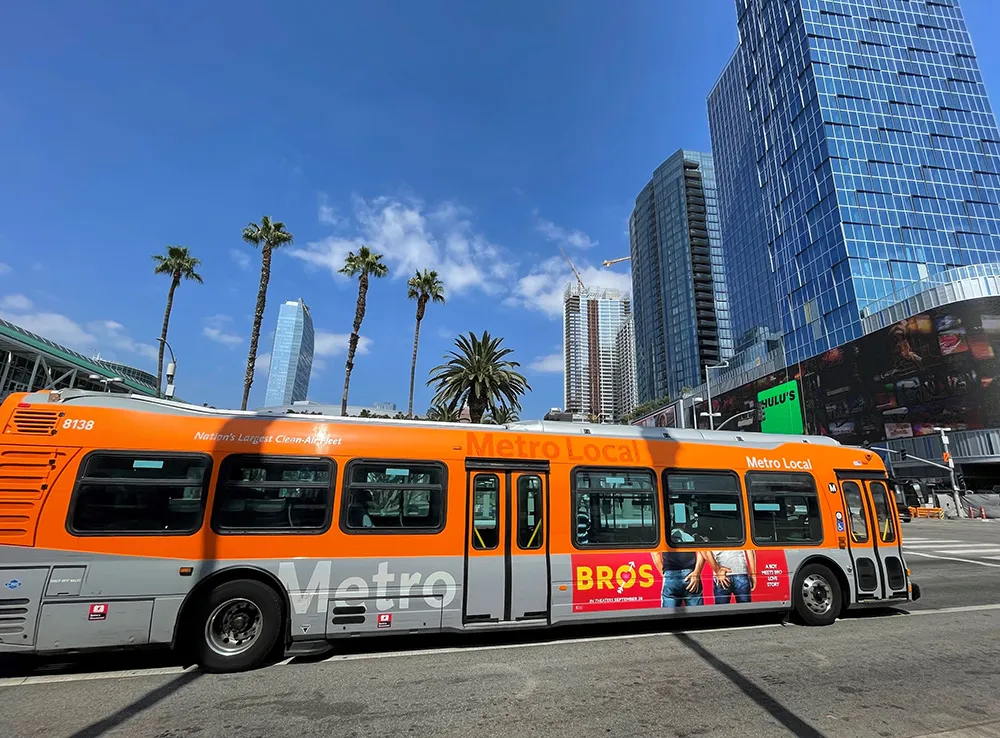According to estimates by Bosch accident research, motorcycle-to-car communication could prevent nearly one-third of motorcycle accidents.
The system enables vehicles within a radius of several hundred metres to exchange information about ten times a second about vehicle types, speed, position, and direction of travel. Well before drivers or their vehicle sensors see an approaching motorcycle, this technology informs them that a motorcycle is approaching, allowing them to adopt a more defensive driving strategy. If the system identifies a potentially dangerous situation, it can warn the rider or driver by sounding an alarm and flashing a warning notice on the dashboard. In this way, all road users receive essential information that actively helps avoid accidents.
The public WLAN standard (ITS G5) is used as the basis for the exchange of data between motorcycles and cars. Transmission times of just a few milliseconds between transmitter and receiver mean that participating road users can generate and transmit important information relating to the traffic situation. Parked or idling vehicles also transmit data to any surrounding receivers. To allow riders and drivers who are farther away to reliably receive the necessary information, the technology makes use of multi-hopping, which forwards the information automatically from vehicle to vehicle. In critical situations, therefore, all road users know what is happening and are able to take appropriate action in advance.
Bosch develops motorcycle to car communications to reduce crashes
Bosch, in partnership with Autotalks, Cohda Wireless and Ducati, has developed a prototype solution which connects cars and motorcycles, allowing them to communicate with each other in a bid to reduce the number of crashes involving motorcyclists. According to estimates by Bosch accident research, motorcycle-to-car communication could prevent nearly one-third of motorcycle accidents. The system enables vehicles within a radius of several hundred metres to exchange information about ten times a second about
May 26, 2017
Read time: 2 mins









